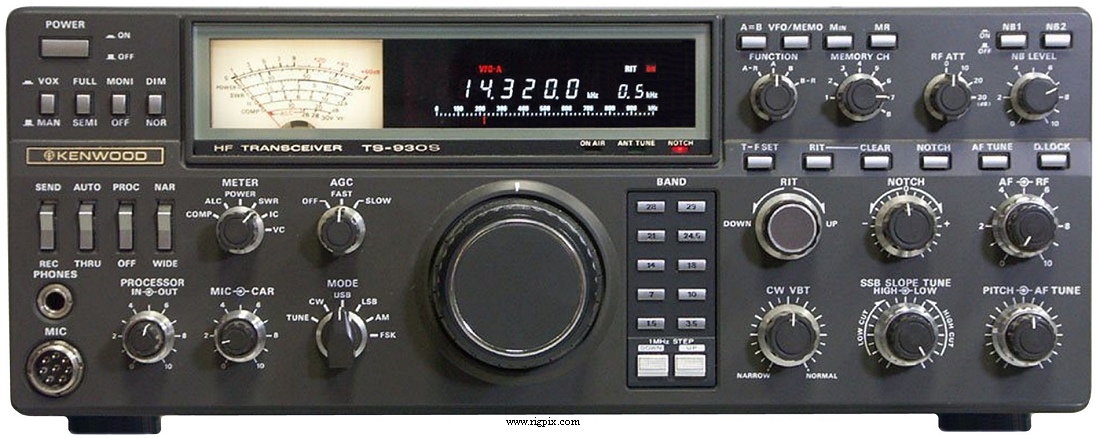Temperatures have dropped here in eastern Kansas, off the Missouri and Platte Rivers. Morning temps are getting down to the high teens but we’ve had generally clear skies – so no snow yet.
Been having a problem with my Toyota Tundra. I had the shocks replaced about two months ago, but I am still having a suspension issues. Often when I drive over uneven pavement I hear a type of popping or low banging. I’m dropping the truck off tomorrow morning at a garage in town and I hope they identify and fix the problem.
I popped the first cap on the KC Ale this past Thursday. One word: Tasty! I was so happy with the results that I brought in a 12-pack to distribute to my small group at CGSC. We will see what kind of feed back I get tomorrow. The KC Ale batch has a great cooper color, medium head, slight hoppy aroma. The taste is crisp and smooth, no off-flavors.
The California Common batch went into secondary fermentation last Tuesday (18 NOV). I’ll try to get it bottled up this coming Wednesday (26 NOV). Then it should be ready for a first by 11 DEC… a good day to celebrate my last night class for this term.
While the CGSC program here at Fort Leavenworth is considered a Masters-level program, it does not award a degree at graduation (unlike the Navy’s program in Monterey or the Air Force in Alabama). Therefore, in order to get a masters, I signed up to take two night classes a week and then by graduation I’ll get the degree. It is a bit of pain now, but this is really the only opportunity I am going to get to earn a master’s degree.
Back to beer: I need to get crackin’ and cook up the batch of Raspberry Wheat. If I am able to get it into primary fermentation today, I should be able to hit secondary fermentation by next Sunday (30 NOV) and then bottle by 14 DEC. It should be nice and tasty by New Year’s Eve.
I need to put together a sample pack for my Team Jedi brethren (Team Jedi are the fine folks I spent my last year in Iraq with). So it looks like the pack will consist of ESB, KC Ale, California Common, and the Raspberry Wheat.
I’ve also had a request from the 7-land Inbound QSL Bureau back in Oregon. I received an email from Marc, NC7M, who let me know I had 200+ QSL cards headed my way. I need to also replenish my postal funds for the bureau. And next week – I will answer all the YI9MI QSL card request that I have… which is quite a significant pile.





